In 1981, McLaren changed the car world when it debuted the MP4/1, the first Formula One car with a complete carbon fibre chassis. From then on, slowly but surely, people came to understand that a fibre-reinforced composite — plastic — was the fastest, lightest, strongest, best way to put a performance car together. Long before that McLaren, though, one dad was at work in a Long Island garage.
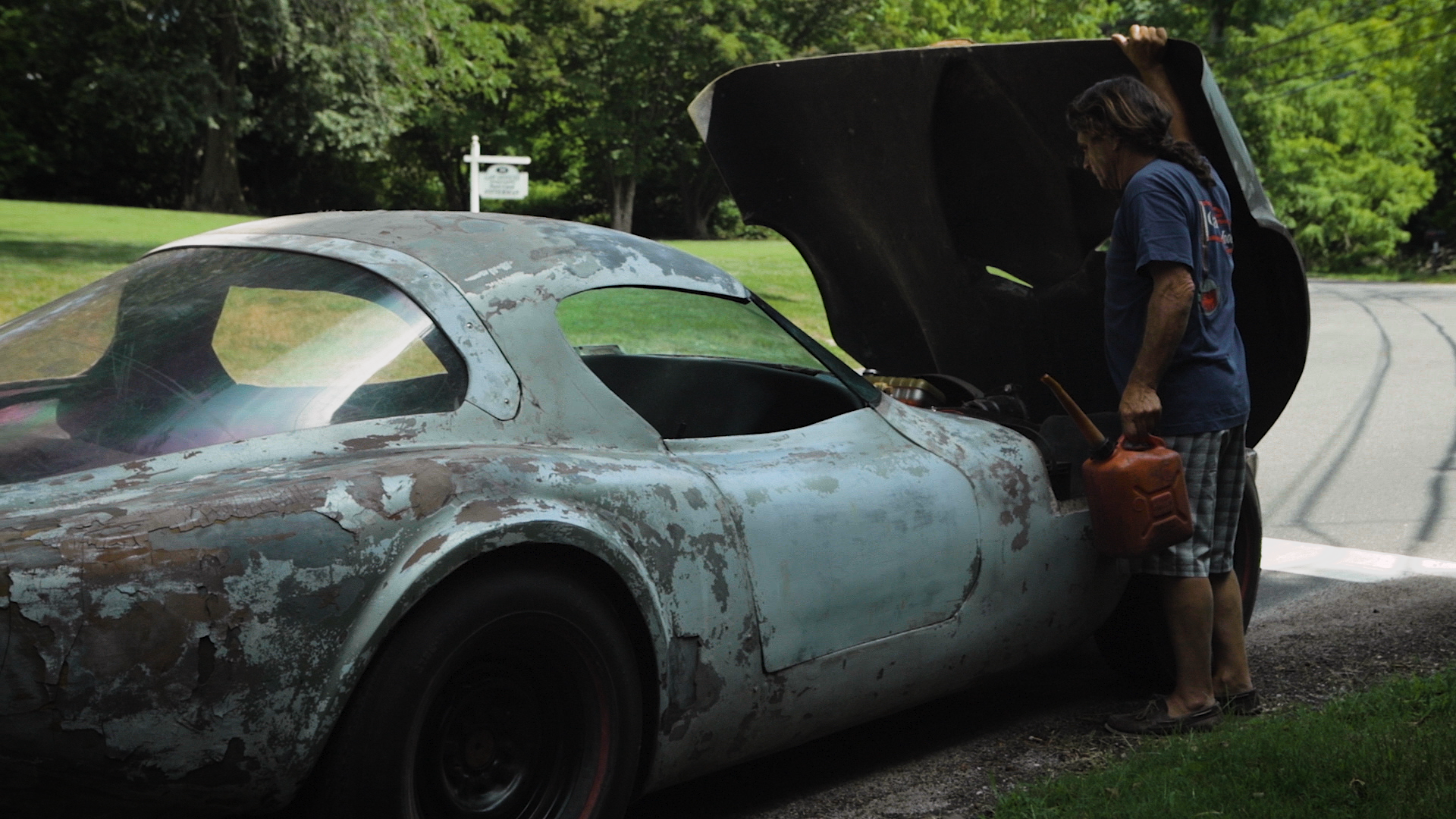
What should I say first, that the “P” in CFRP stands for plastic? That it’s carbon fibre-reinforced plastic, plastic all along, just fibres in resin like fibreglass before it? Is this some revolutionary thought? Would carbon fibre have the same allure, the same mystique, as it does today if we all accepted that it’s plastic like everything else? Would I, as a middle schooler, bemoan that the little plastic coating on my CD Walkman wasn’t “real” carbon fibre? Would anyone be selling a CD Walkman with a fake carbon fibre look anyway?
Or should I start by saying that this is a short documentary on the first plastic car the 1966 TDX? It was built by Pat Amendolia, and its story is told by his son Joe to our friends at the Curb Cut:
This is a fine example of a genre of car called “forgotten fibreglass,” anything from that great era of home-built car design from after WWII and on into the 1970s. It was easy, then, in the days before unibody design, to take the heavy, staid body off of even a fairly ordinary car and affix a new, racy fibreglass one in its place, either one from a kit or one of your own design. All sorts of little one-offs sprung up across suburbia. Hell, even the original Corvette had a fibreglass body.
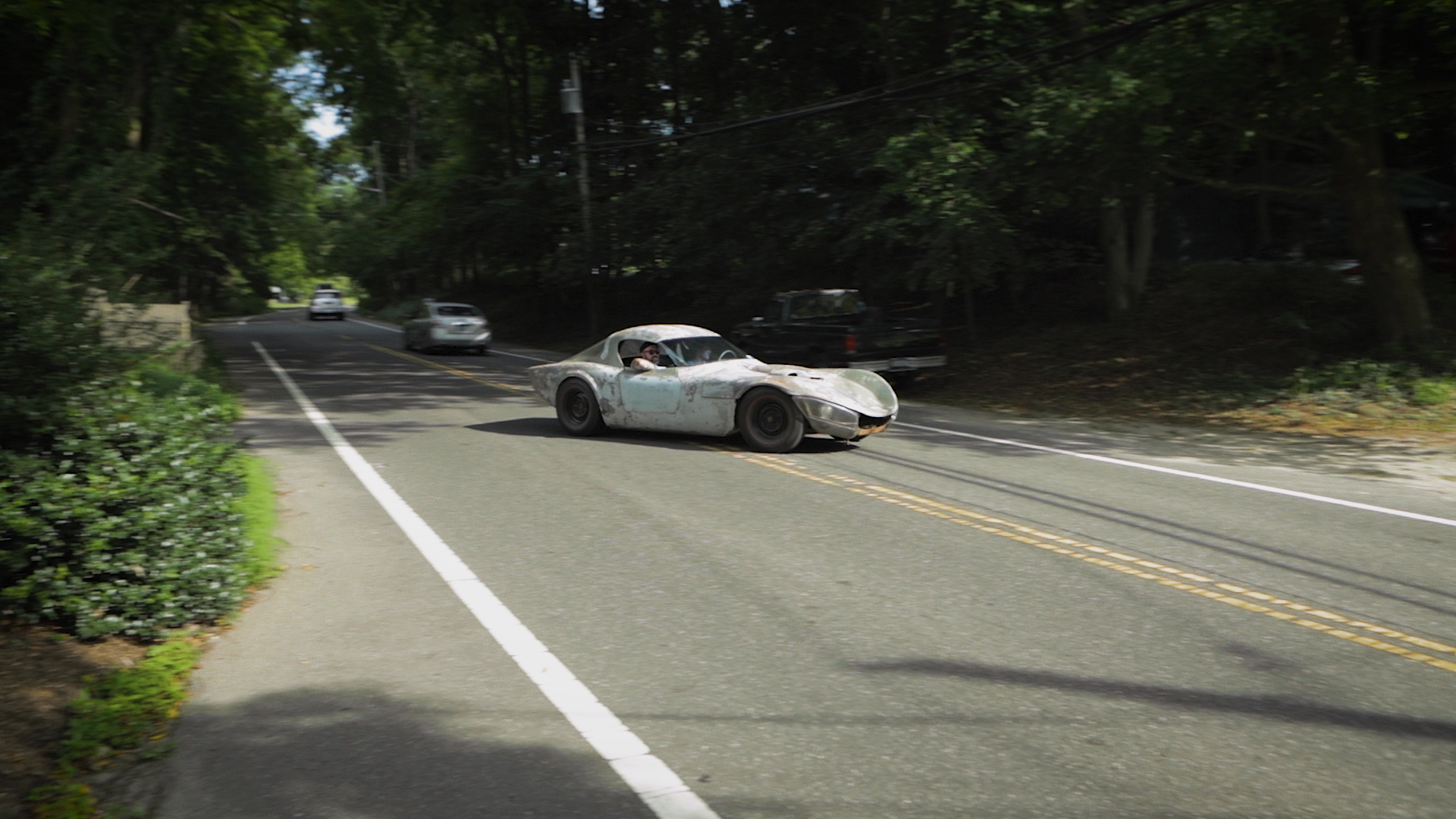
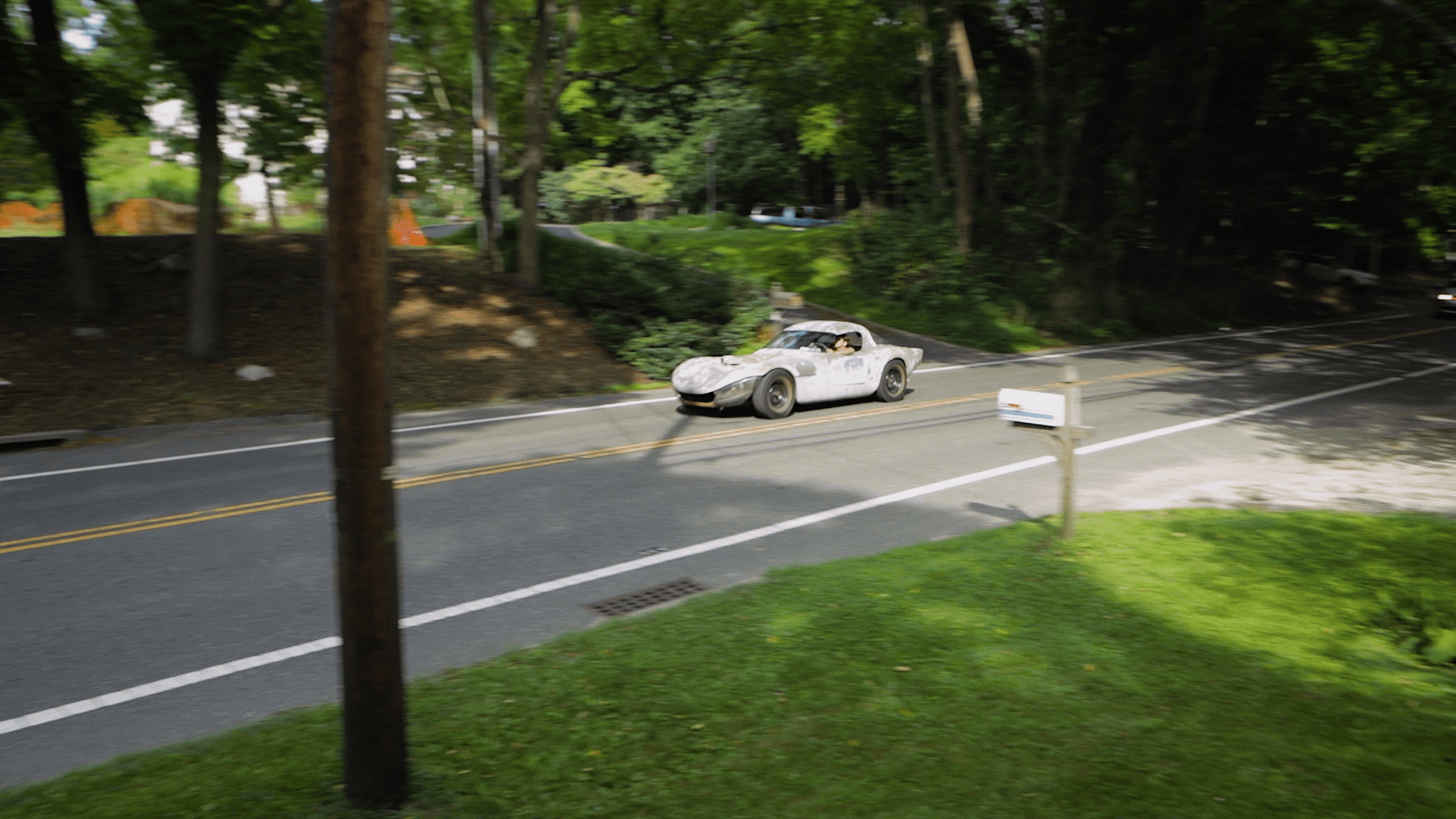
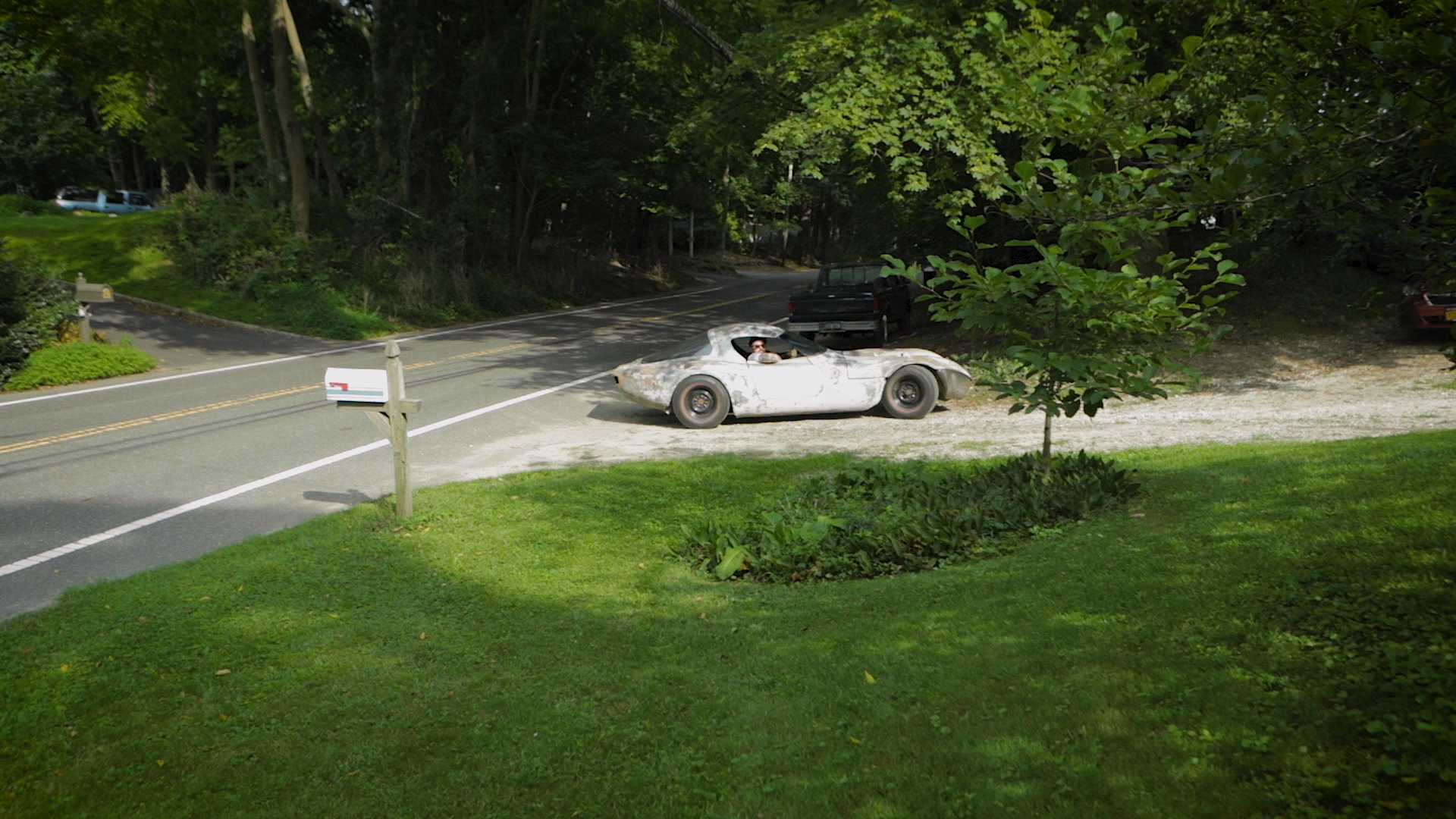
The TDX, though, was different. This was no Chevy chassis with a custom body on it. This was built from fibreglass top to bottom, chassis and all. Cut it in half, as Joe Amendolia says, and the only metal you’ll hit is the driveshaft, the wiring, or the engine.
I must also include a little digression on the TDX here, something to make it clear how space-age this design was. It was going to have a rocket in it. The idea was to use it like an afterburner in reverse for emergency stops, as Hemmings explains:
Pat also baked a number of safety features into the car’s design. According to the Motor Trend article, he believed that fibreglass would absorb more impact from a crash than metal would. As for the most significant non-fibreglass component, he intended the engine and transmission to be shunted downward rather than rearward in the event of a front-end collision. A Firestone fuel cell replaced the bomb-waiting-to-happen gas tank. Red-to-green colour-change warning lights (which Pat later patented) replaced gauges to allow the driver to keep his eyes on the road at speed. To avoid collisions altogether, he intended the car to have an entirely unobstructed forward view, so he included a cantilevered roof design that negated the need for A-pillars. And he designed a unique retro-rocket emergency brake.
“I figured that with no crossmembers under the car, you can get a retro rocket set at just the right angle to slow the car down,” he said. “I just had a gut feeling that it would work – I never calculated the right size rocket or whether it was even possible to slow the car down that way – but I put a six-inch tube under the car from the tail to just under the engine anyway. I also contacted Aerojet General, and while they didn’t have anything that size, they didn’t poo-poo the idea either. Of course, there’s no guarantee the rocket wouldn’t go off on its own for some silly reason.”
There is something wonderful about the TDX, something skyscraper-like to it. Though it was just designed by one guy running his own business in Long Island, it still manages some record-holder status. It’s still a pioneer.
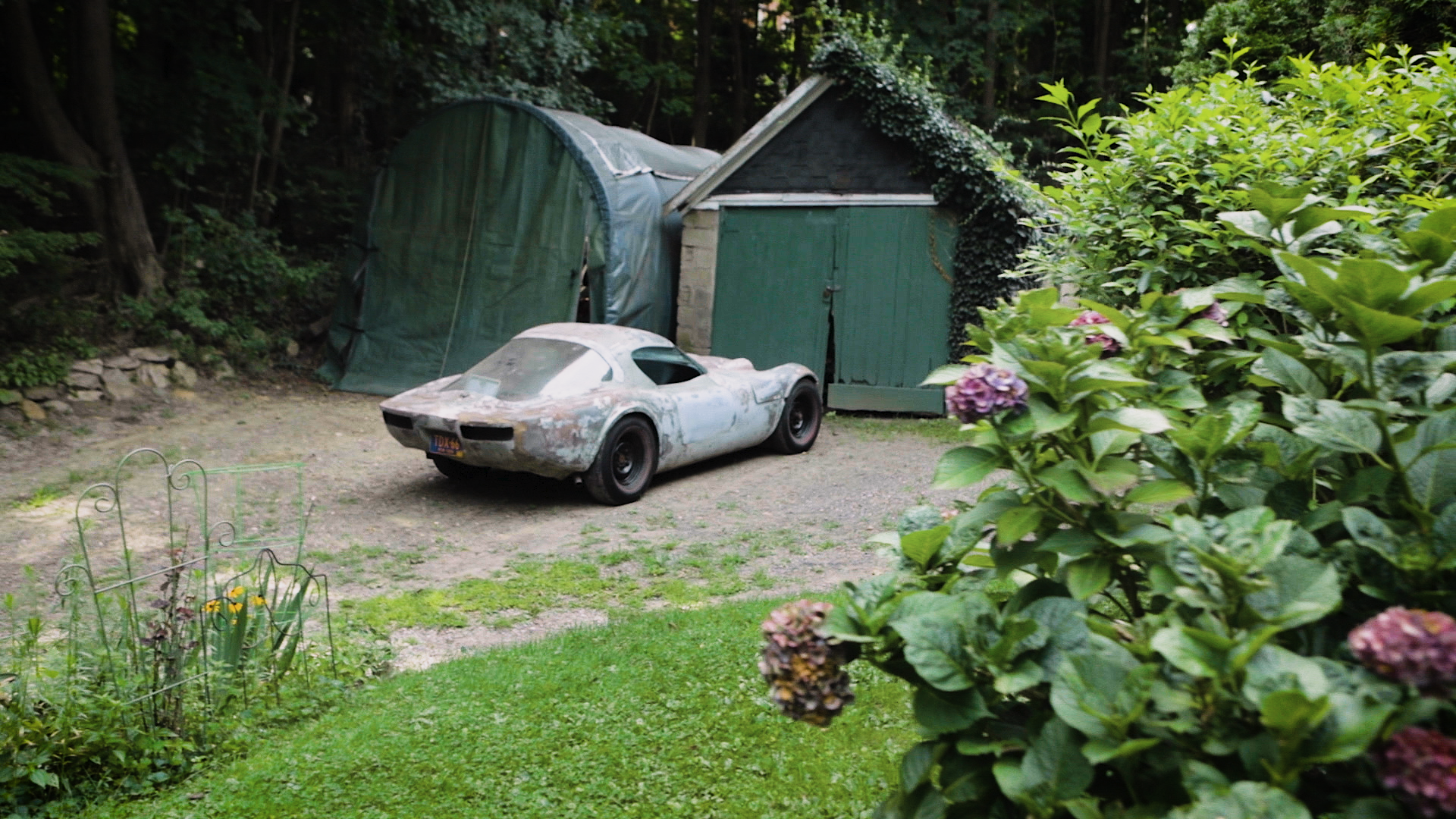
But there’s something more interesting to it. What is it to have a dad who is building the first all-plastic car? How much of his life becomes devoted to the car? How do you honour his memory after he is gone, and his not-totally-finished machine remains? That McLaren got itself written into the history books; where does the TDX fit in?
